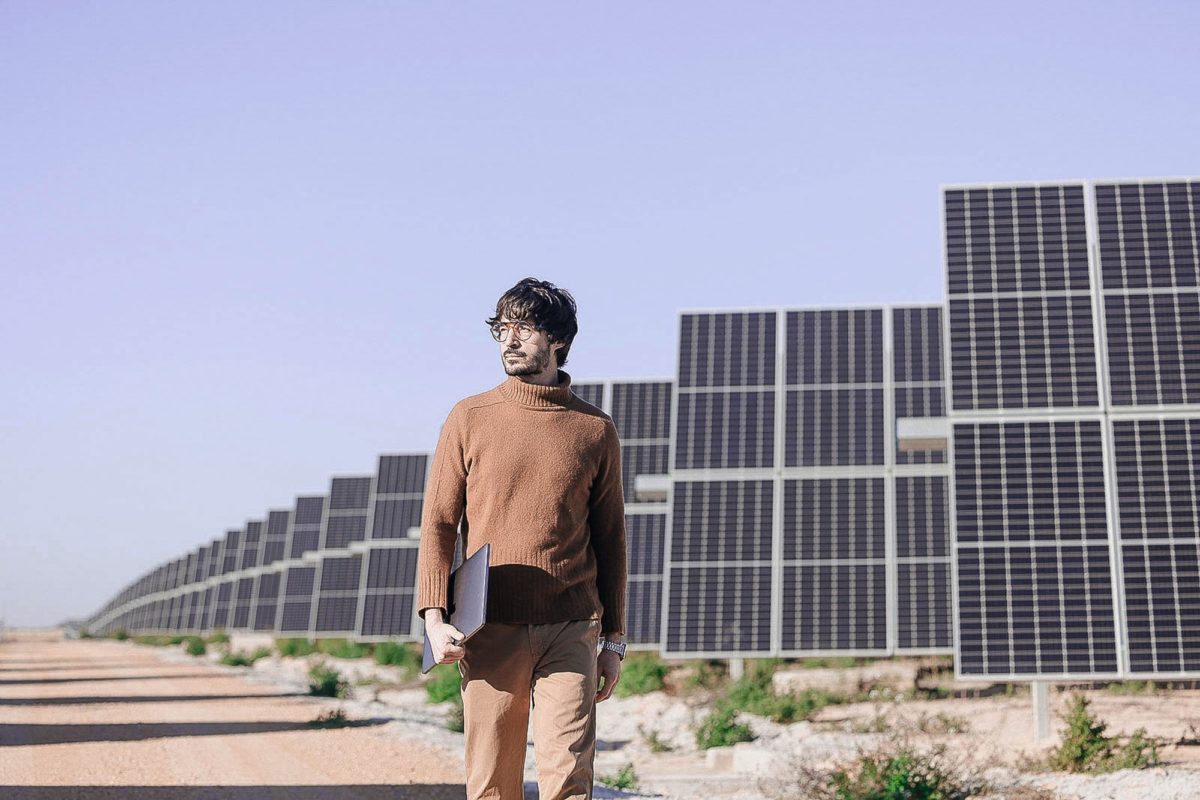https://www.pv-magazine.com/2022/06/17/the-mobility-revolution-charging-on-the-go-via-peer-to-peer-system-to-reduce-range-anxiety/
The mobility rEVolution: Charging on the go via peer-to-peer system to reduce range anxiety

Addressing the range anxiety of battery electric vehicles with charging en route.
Image: University of Florida, scientific reports, Creative Commons License CC BY 4.0
https://www.pv-magazine.com/2022/06/07/the-hydrogen-stream-hydrogen-cartridges-for-daily-life-applications-from-toyota/With limited range, long charging time and lack of charging stations among the key roadblocks on the way to mass adoption of battery electric vehicles (BEV), a group of researchers from the University of Florida in the United States has proposed a scalable approach that alleviates the need for elaborate charging infrastructure. In their study, published in scientific reports, the researchers propose a peer-to-peer system for BEVs to share charge with each other while driving down the road by being matched up with a cloud-based control system. “When multiple electric vehicles are in route, they can actually share charge among themselves while running — they don't have to stop to do this,” said Tamzidul Hoque, assistant professor of electrical engineering & computer science at the University of Kansas School of Engineering. “One car might have abundant charge, and it may not need to go too far, and it can sell its charge to another car — so there’s an economic incentive.” To reduce charging time while in motion, the researchers have developed the concept of a multi-level battery, which technically involves a main lithium-ion battery like the ones used in today’s BEVs, and a second small, fast-charging battery used for on-the-go charging. “Just like in your computer you have fast cache memory — but it's expensive — so you have other types of high-capacity memories that are slower,” Hoque says. In high-density areas, the research team proposes deploying mobile charging stations — huge batteries riding on trucks — that can recharge multiple vehicles at once, something akin to how small military jets can get refueled in midair by a tanker aircraft. Hoque and his co-authors used sophisticated computer modeling software called SUMO to measure the recharging requirements of BEVs as well as changes to the environmental impact of cars in a simulated peer-to-peer system. Hoque said the initial setup of a peer-to-peer charging infrastructure likely would require support from a major manufacturer of BEVs but then could expand organically on the back of the possibility of selling extra charge to earn money.
Charging on the move is already being explored by the industry with the latest demonstration of such capabilities coming from Stellantis, the parent company behind iconic brands like Fiat, Chrysler, Citroen and Peugeot, among others. After months of testing at the Arena del Futuro circuit in Chiari, Italy, Stellantis and its project partners have demonstrated what it calls Dynamic Wireless Power Transfer (DWPT), a system that relies on coils positioned beneath the road surface to charge the EV. The project uses wireless EV charging technology from Israel’s Electreon, a company that electrified a 1.6 km stretch of road in Sweden. The results showed that DWPT enables a battery electric vehicle like Fiat New 500 to travel at typical highway speeds without consuming the energy stored in its battery.” Tests are showing that the efficiency of the energy flow from the asphalt to the car is comparable to the typical efficiency of fast charging stations, so the driver does not need to stop to recharge. Furthermore, measurements on magnetic field intensity prove that there is no impact on the driver and passengers,” Stellantis said. While large-scale deployment on highways and roads might be still out of reach due to significant cost of installing coils, Stellantis seems to be interested in deploying the tech in combination with other infrastructures like harbors, airports, and parking lots.
But while some car makers are even one step ahead of their industry counterparts, others are still reluctant to accept the inevitable end of sales of gasoline-powered vehicles. Japanese carmaker Toyota pushed back against critics who say it has been slow to embrace EVs, arguing it needed to offer a variety of powertrains to suit different markets and customers. At its annual meeting on Wednesday, the company said it will continue to develop fuel cell vehicles and hybrids instead of going fully electric. Toyota argues that hybrids still make sense in markets where infrastructure is not ready to support a move to EVs and reiterated its belief that different markets will take different paths to decarbonization. Toyota – which sold 10.5 million vehicles in 2021, far outstripping closest rival Volkswagen AG – expects annual sales of EVs to reach only 3.5 million vehicles by the end of the decade, or around a third of current sales.
On Thursday, Japan's Sony and Honda Motor officially agreed to an equally owned joint venture that will start selling electric cars in 2025. Honda, like its bigger rival Toyota, has been slower to shift to EVs compared to other global automakers and has faced pressure from investors to take bolder steps towards electrification of its fleet. Presently, the carmaker offers one EV – Honda e – but has laid out plans to roll out 30 other models and make around 2 million EVs annually by 2030. To the JV, first announced in March and named Sony Honda Mobility, Honda will bring its expertise in building and selling cars and Sony will add its software and technology chops, the companies said. Each company will invest 5 billion yen ($37.52 million) in the JV.
Popular content
In terms of EV sales, Tesla is global number one, but according to BloombergNEF, this may be about to change. According to the report titled “Battery Electric Vehicles Report – Automakers Race to the Top”, the profit incentive to catch up with Tesla is lacking for most traditional marques in the short term amid rising battery costs and a lack of scale, except for Volkswagen. The German automaker is on track to overtake Tesla’s BEV volume in 2024 as global BEV demand is set to more than double out to 2025. The analysis shows China’s BYD ranking third for BEV sales globally in 2025 followed by a glut of legacy automakers languishing around the one million annual BEV sales mark. It is not until later in the decade that US and Japanese automakers will be serious challengers for a top 3 spot. Battery prices remain critical to the cost competitiveness of BEVs and Volkswagen is investing up to EUR 30 billion in the supply chain, including the opening of six new battery-cell plants in Europe by 2030. But to dethrone Tesla, which is expected to double its sales in 2023 compared to 2021 on new capacity ramping up in Germany and Texas, Volkswagen would need to expand its European dominance to other regions such as China. “China’s carrot-and-stick approach to stoking EV sales could push battery-electrics to account for 25 percent of all passenger vehicle purchases by 2025,” said Steve Man, senior China automotive industry analyst at Bloomberg Intelligence. “Sales in China have surged since the launch of the country’s new energy vehicle credit program despite erratic component supply.”
By 2030, electric and hybrid models should make up 80% of Ferrari’s sales, the Italian luxury carmaker told investors on Thursday. Fully electric cars will make up 5% of sales in 2025 and 40% in 2030, as stated in the carmaker's long-awaited electrification strategy, and its first electric sports car will be released by 2025. According to CEO Benedetto Vigna, Ferrari will develop its own electric motors, inverters, and battery modules on a new assembly line at its plant in Maranello, Italy, while outsourcing non-core components. Ferrari also confirmed that three out of every five cars it builds will be either hybrid or fully electric by 2026. Specifically, hybrid models should rise to 55% of sales in 2025 from 20% in 2021, followed by pure combustion-powered cars (40%) and EVs (5%). By 2030, the split will change to 40% EVs and 40% hybrids, with just 20% of Ferraris running pure combustion engines.
This content is protected by copyright and may not be reused. If you want to cooperate with us and would like to reuse some of our content, please contact: editors@pv-magazine.com.




